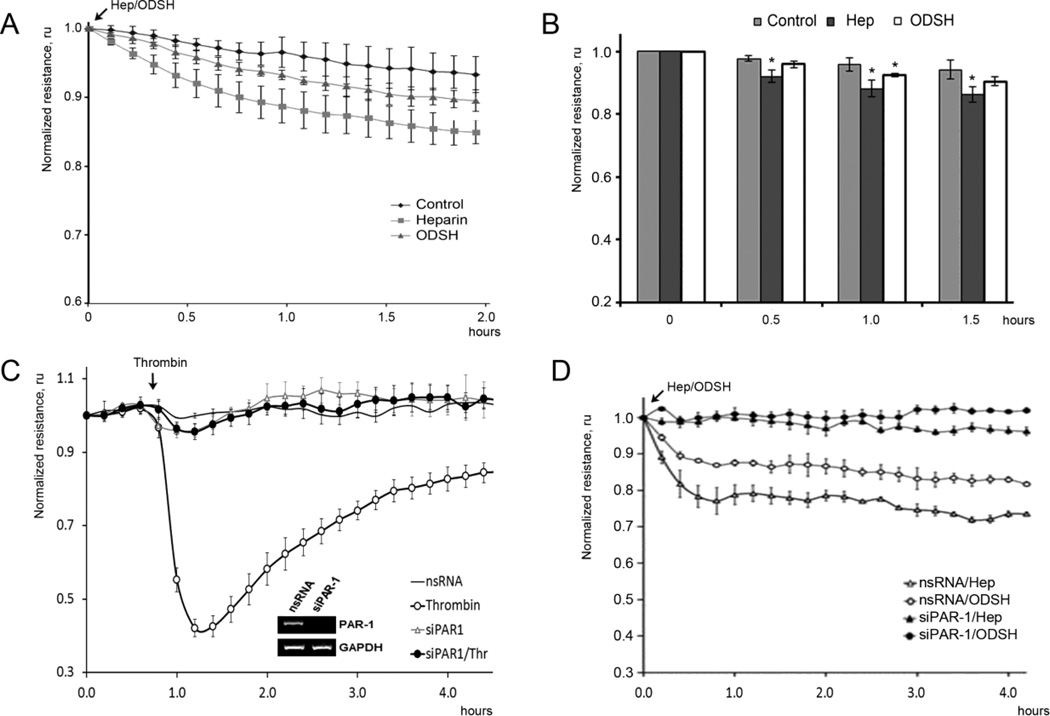Figure 1. Effect of heparin and ODSH on the EC TER.
Panels A, B. Heparin or ODSH increase the permeability of HPAEC. The cells were treated with heparin (50 µg/ml) or ODSH (50 µg/ml) and transendothelial resistance (TER) was recorded in real time in ECIS assay. Panel C. Depletion of PAR-1 with specific siRNA attenuated thrombin-induced barrier disruption in HPAEC. The cells grown in ECIS arrays were transfected with specific siRNA for PAR-1 or non-silencing (ns) RNA as described in Materials and Methods. 48 hours later, the cells were treated with thrombin (20 nM) and changes in the monolayer integrity were analyzed by ECIS assay. Depletion of PAR-1 was confirmed by RT-PCR. Panel D. Depletion of PAR-1 with specific siRNA attenuated heparin- or ODSH-induced TER decrease. The involvement of PAR-1 in heparin- or ODSH-induced TER decrease was examined in the same conditions used in panel A. TER values were normalized with the initial resistance and expressed as the mean of three or four individual experiments. Arrows indicate time points when reagents were added. Data is expressed as a mean of four individual experiments ± SE, and statistical significances compare to control were evaluated using Student’s t-test; * (p < 0.05).

